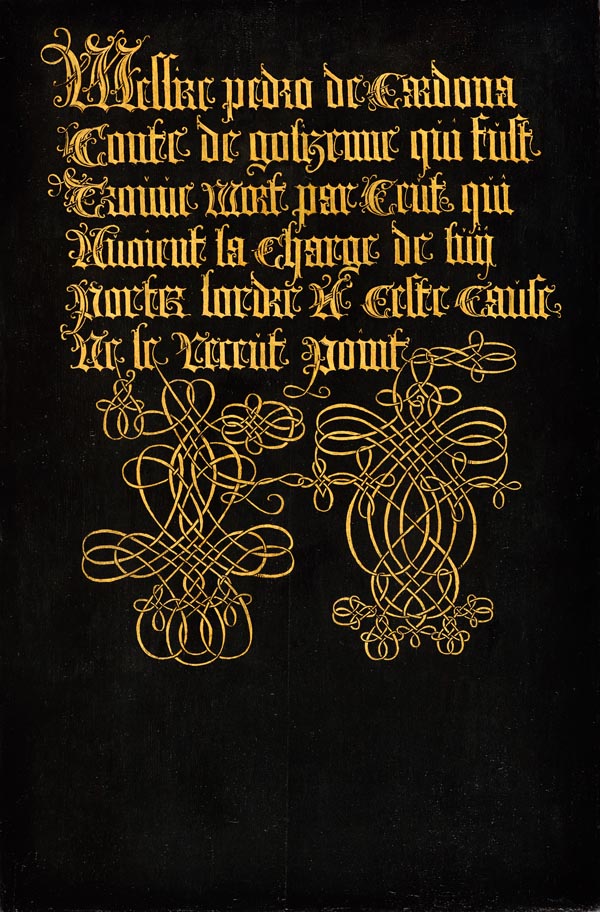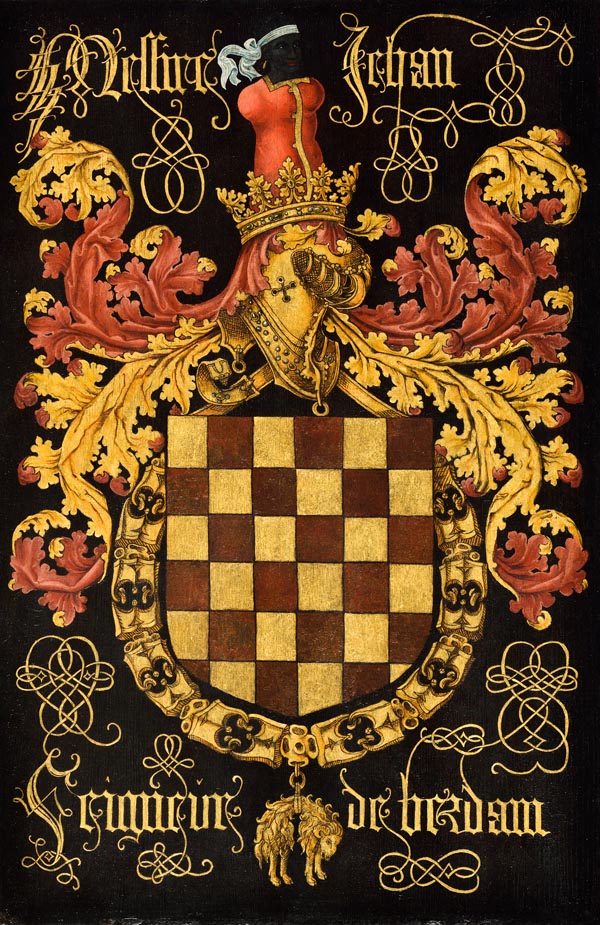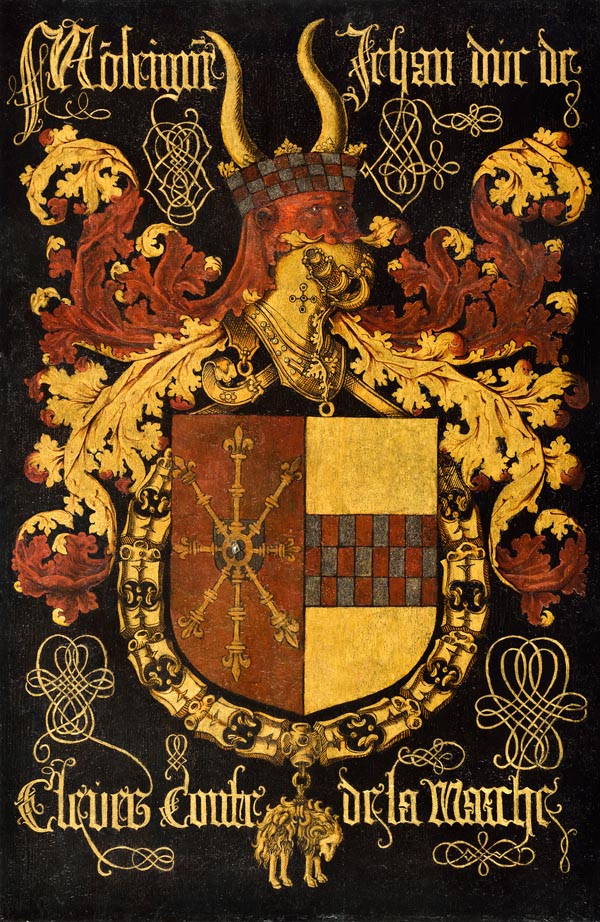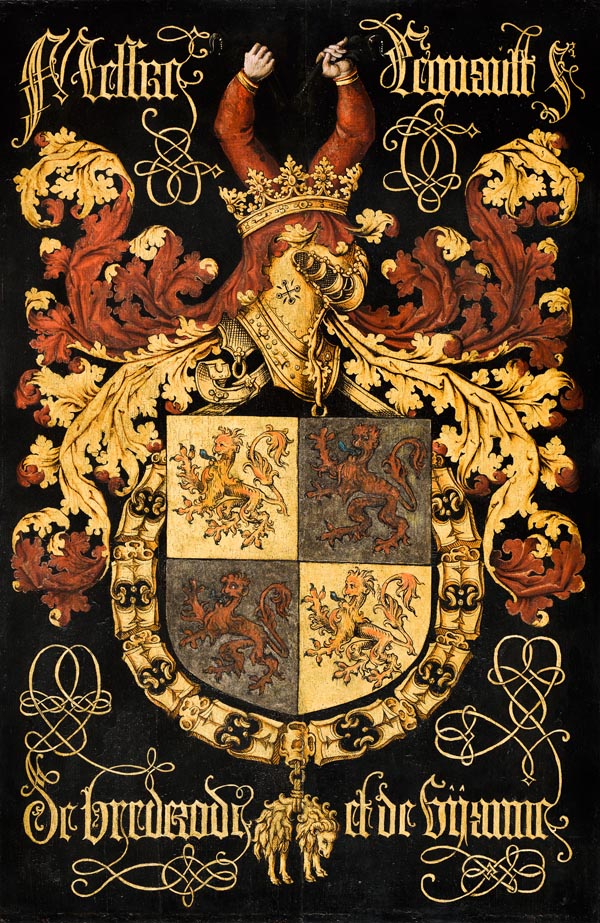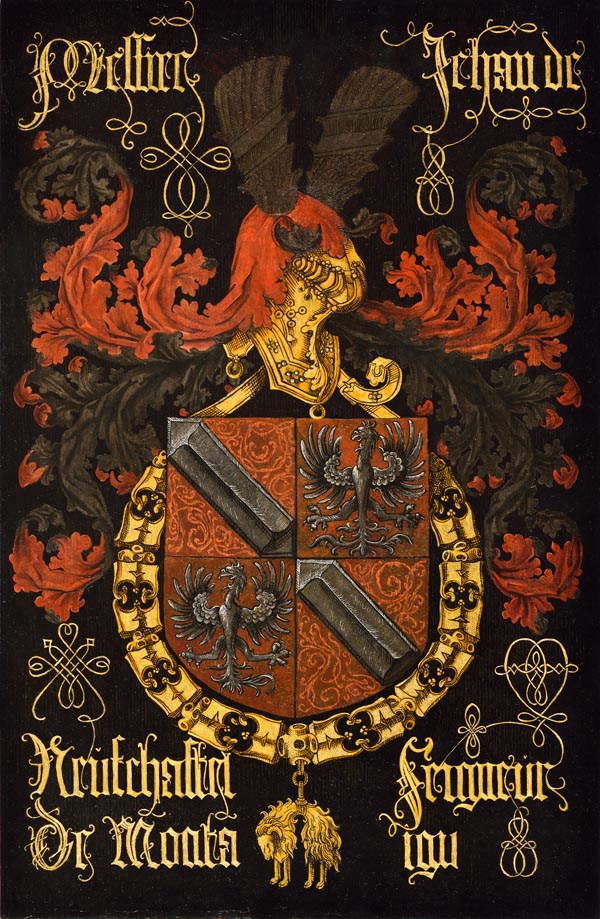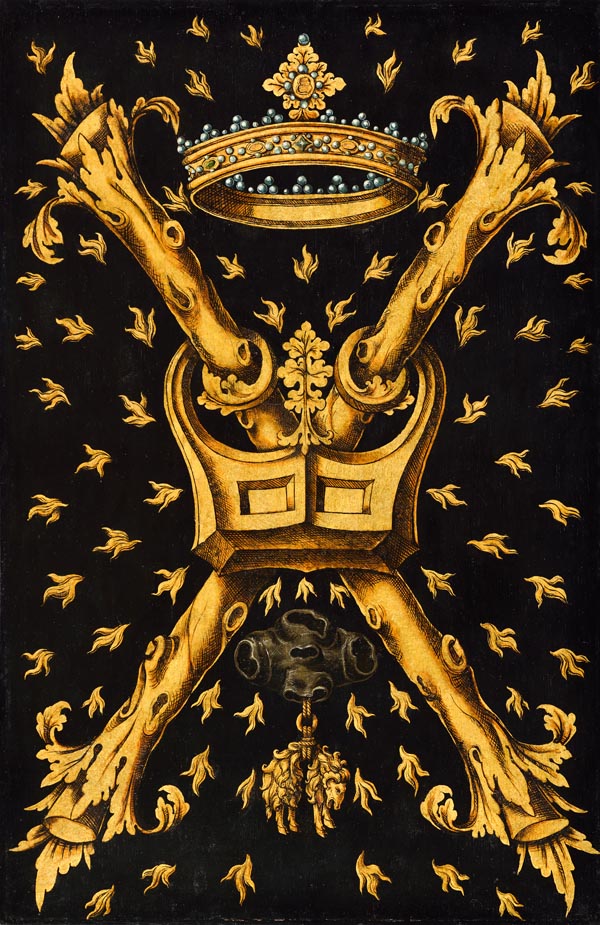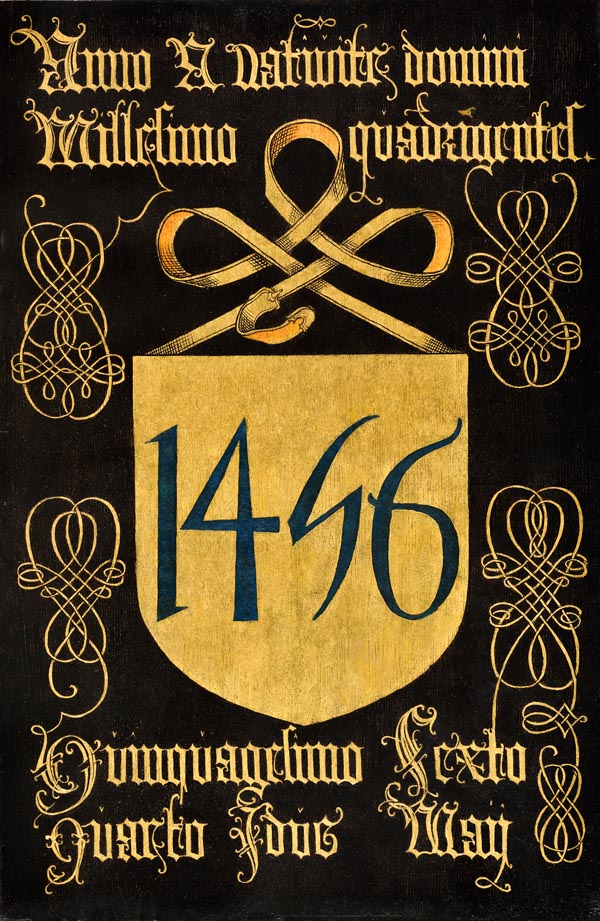The Coats of Arms: fifteenth-century business cards
In the Great Church we find thirty-five Golden Fleece Coats of Arms. During the 1456 Chapter the Coats of Arms hung in the choir, over the seats of the Golden Fleece knights. Now, the sixteenth-century Coats of Arms are lined up in two rows facing each other on the inner walls of the church. The much larger Coat of Arms of Philip the Good is hanging separately on a large pillar near the Sanctuary.
A Golden Fleece Coat of Arms is a plate or panel showing a (family) crest and in golden letters the knight’s name and title(s). During the Chapter the Coats of Arms showed who one was dealing with. In that sense, they served as Medieval business cards for the knights.
Did you know:
that a knight’s name did not always refer to the district where he lived? For example, Frank van Borssele did not live in Borssele, but in The Hague.
The science that studies family arms is called heraldry. Each figure, colour and metal used has its own meaning. Animals, human figures and other elements are stylized and described in special terms. Vair, for example, means fur goods with ermine and grey squirrel. It is depicted as rows of little silver and blue bells.
In addition to the thirty-one Coats of Arms there are two identical plates showing the symbols of the Order and two showing the year of the Chapter: 1456.
Zuid zijde / South wall
Noord zijde / North wall
- The Coats of Arms
- The Coats of Arms: fifteenth-century business cards
- Video – The Coats of Arms: fifteenth-century business cards
- How to decipher the escutcheons?
- Coats of Arms destroyed in the fire recreated in 1545
- Detailed description of escutcheons and Golden Fleece knights
- Philip the Good’s Coat of Arms
- North wall
- South wall
- Supervisory committee
- Art historic research

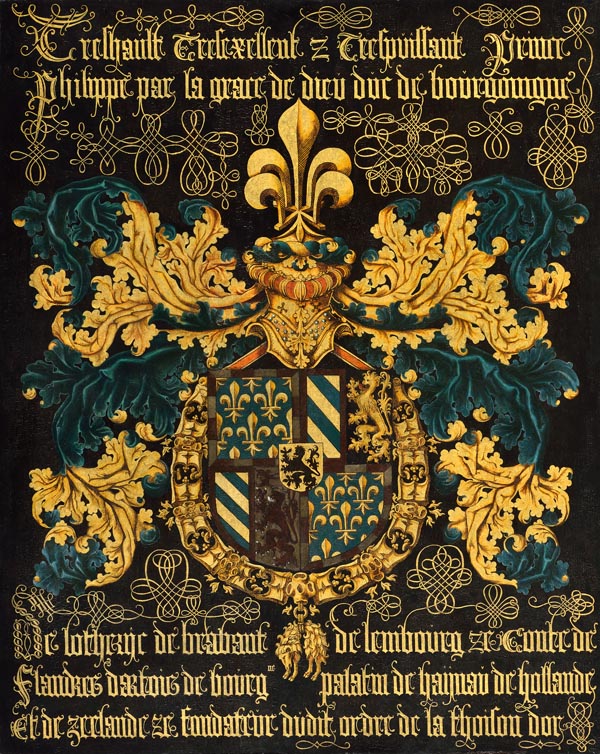
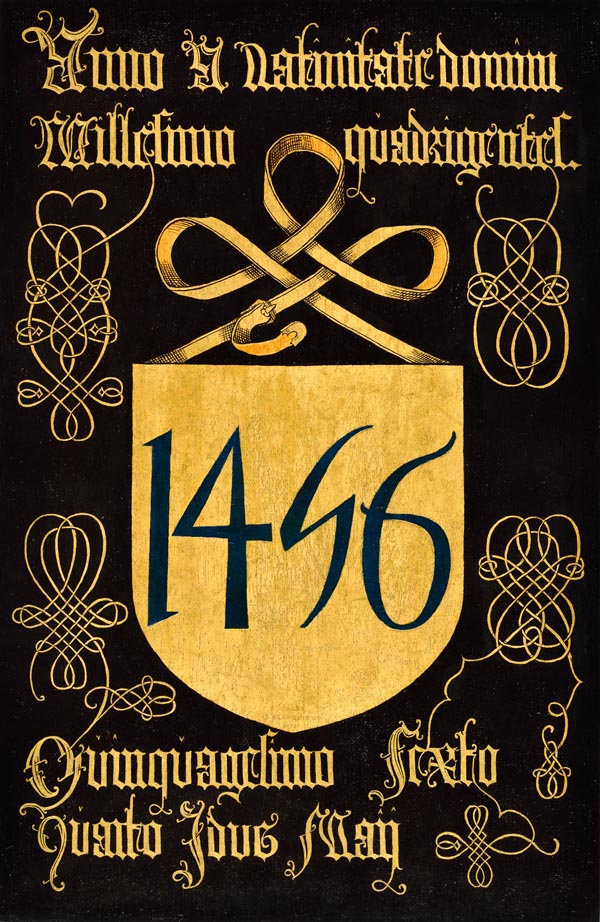
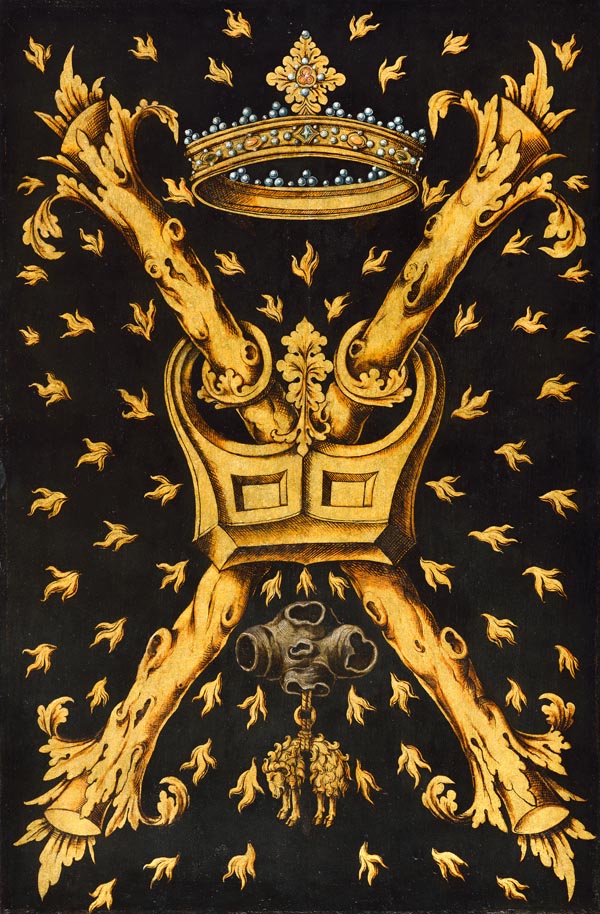
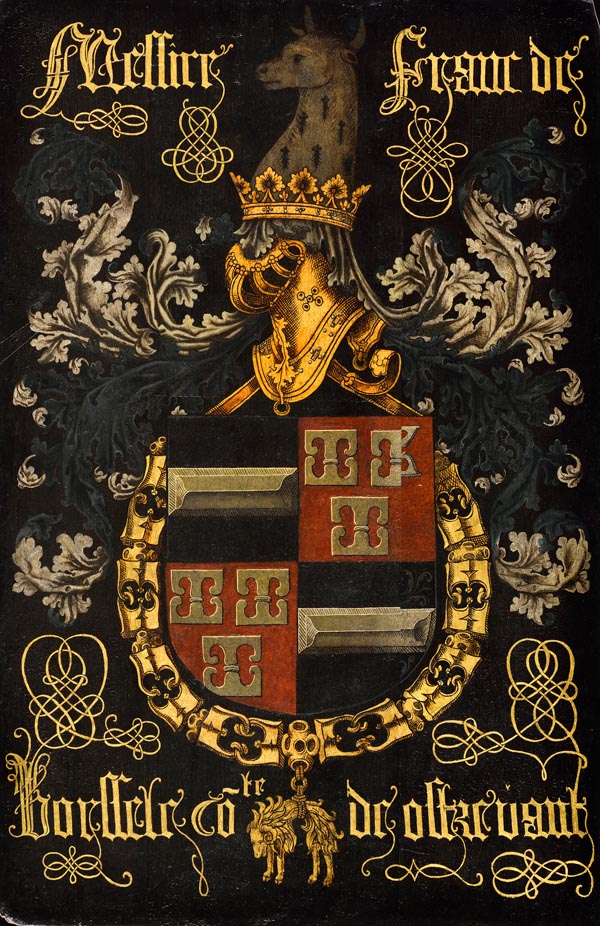
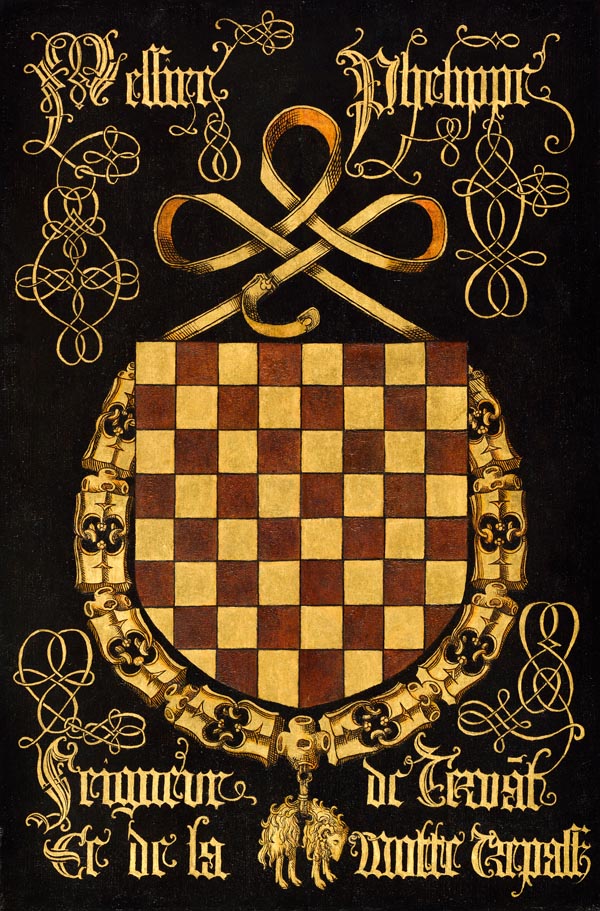
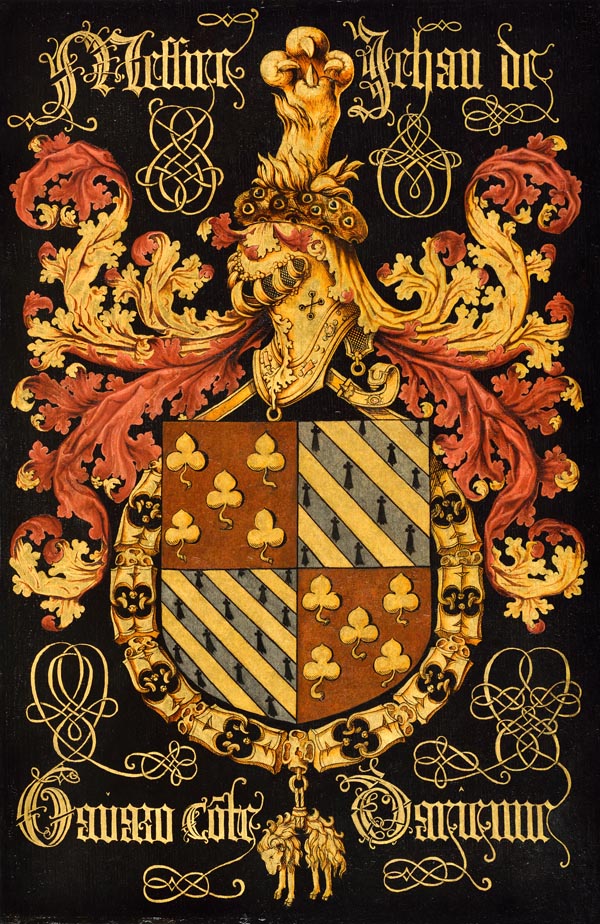
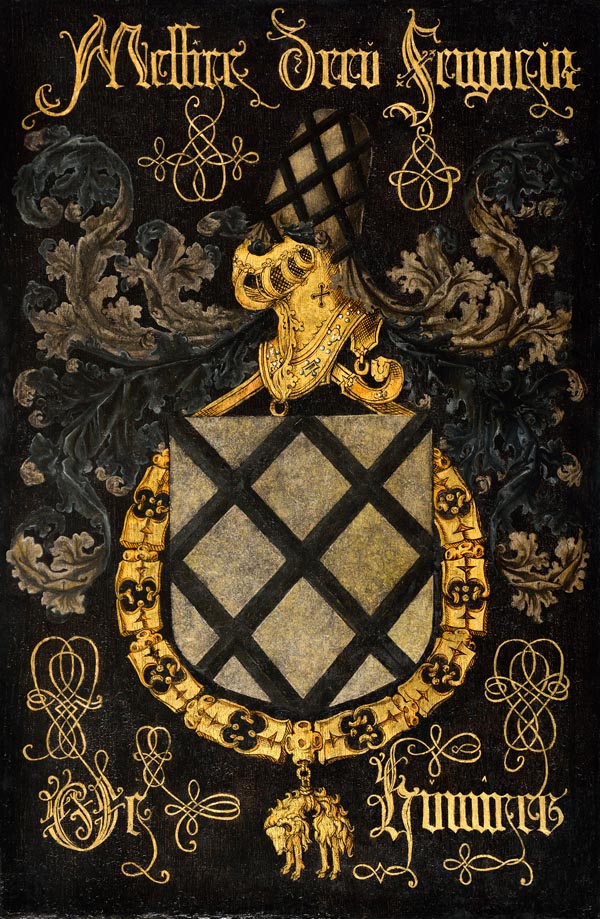
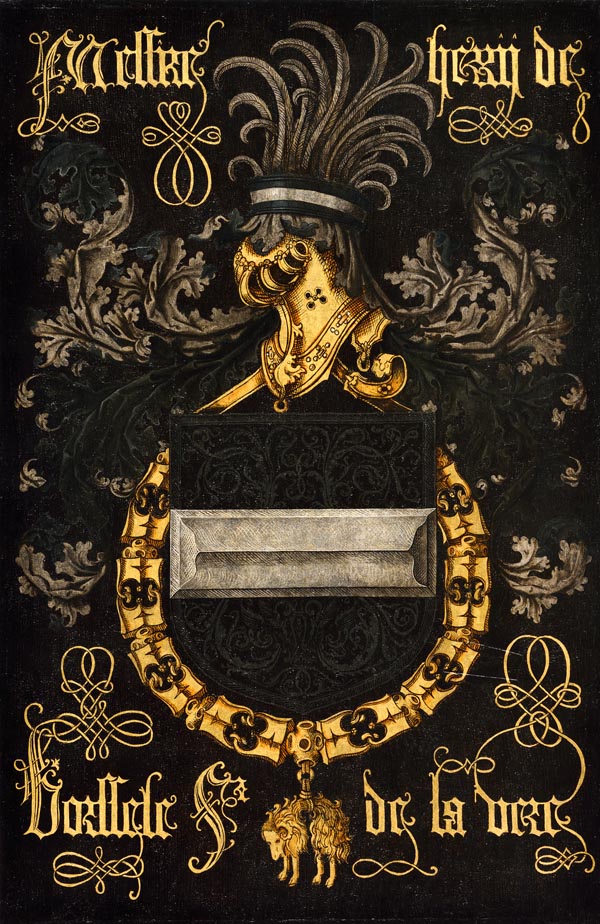
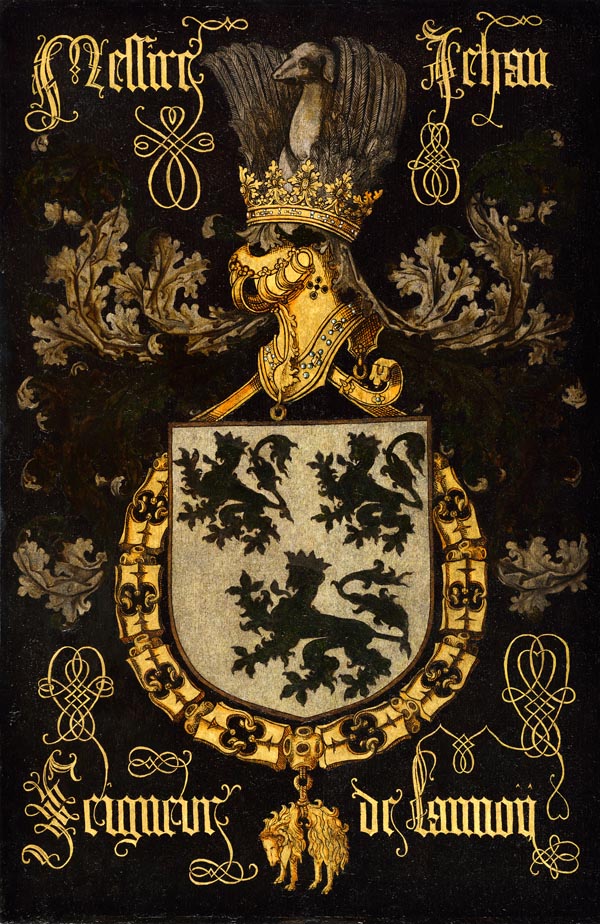
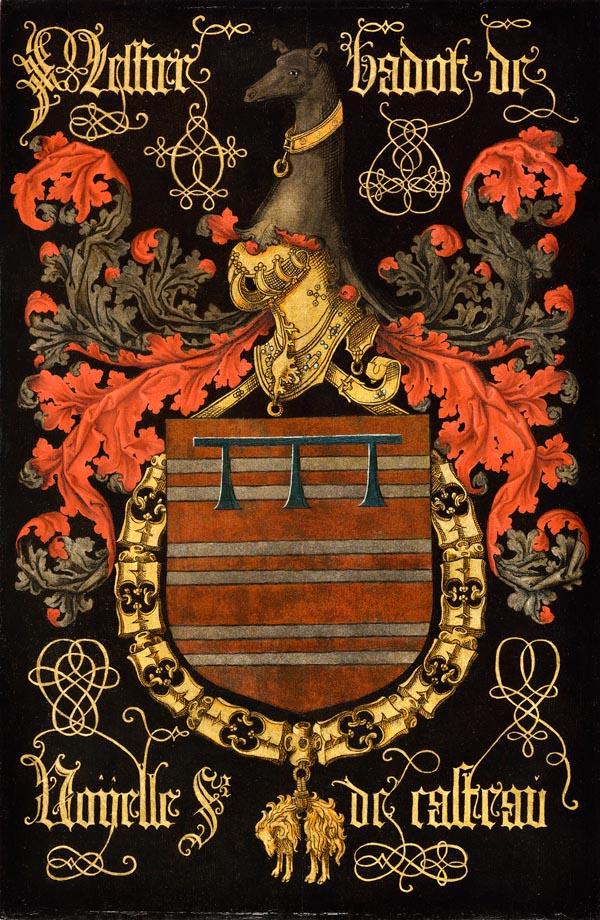
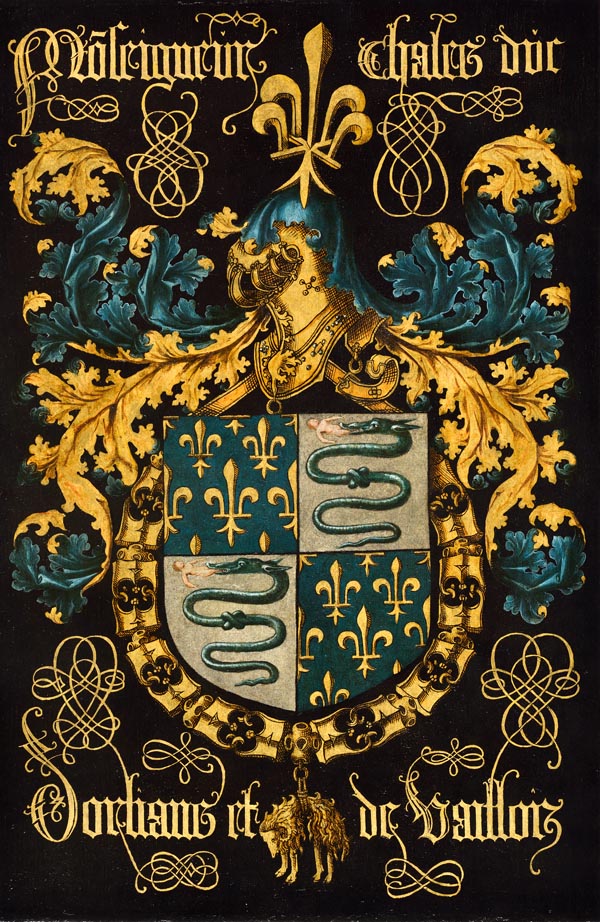
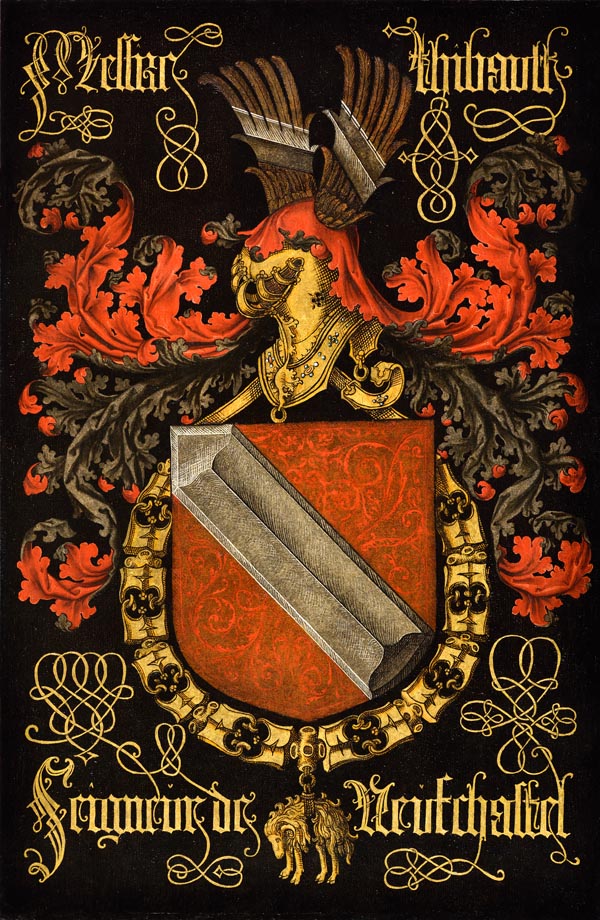
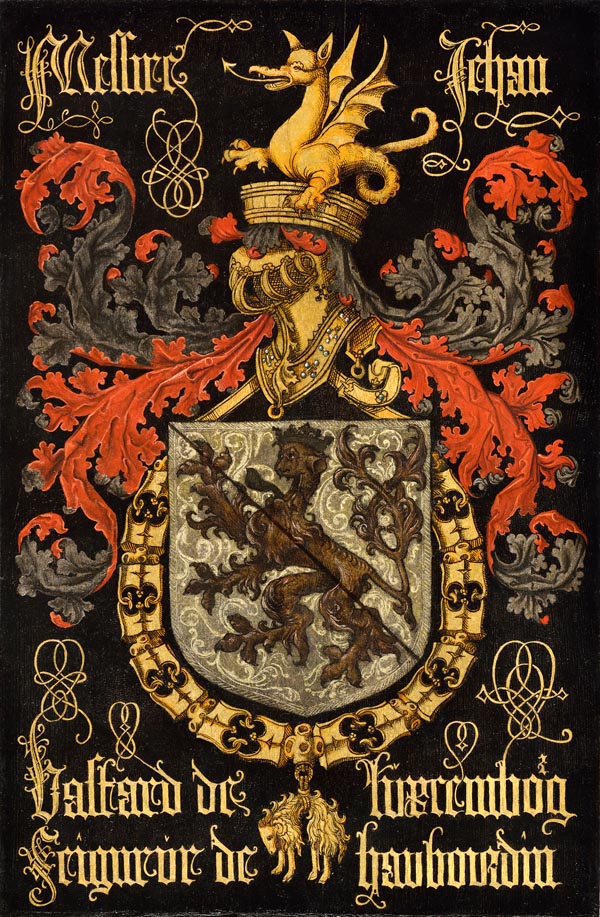
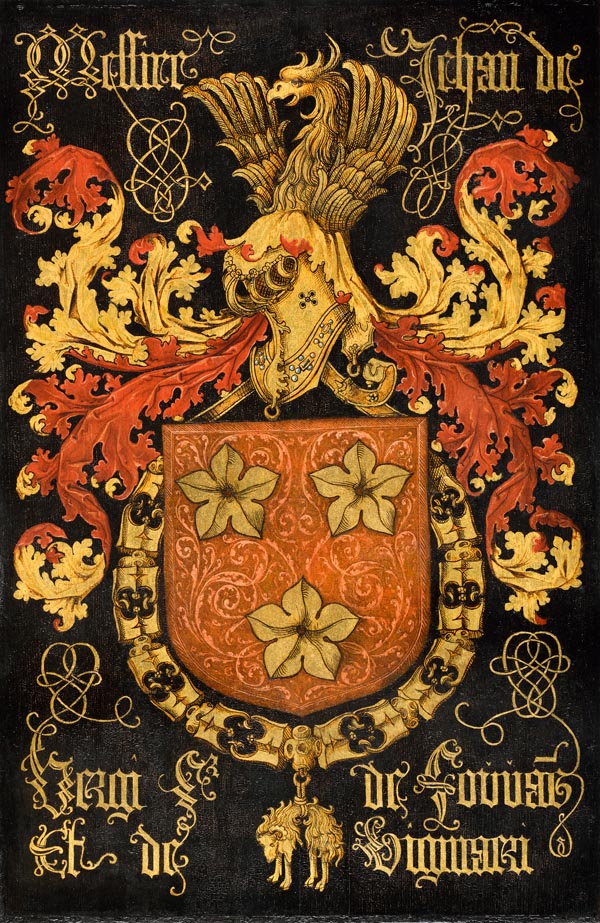
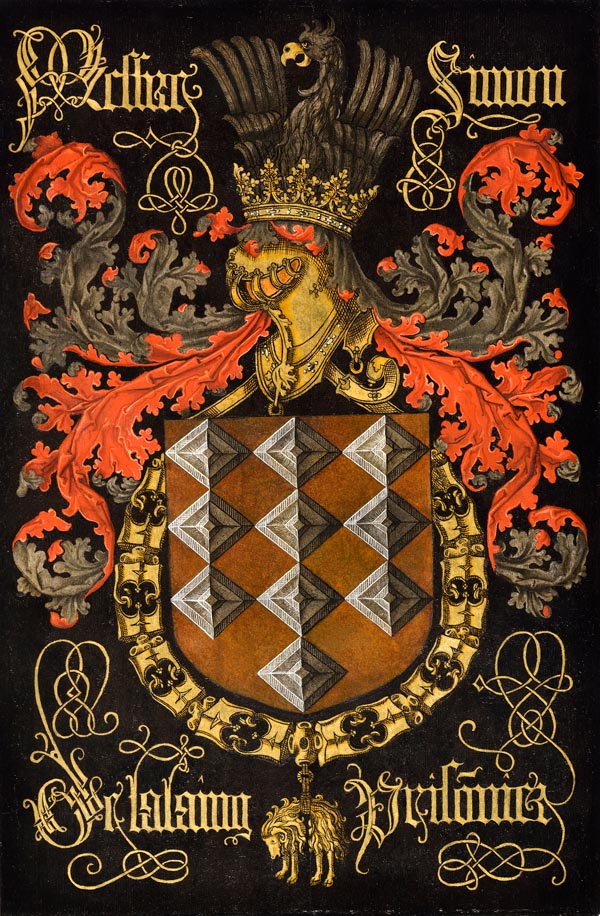
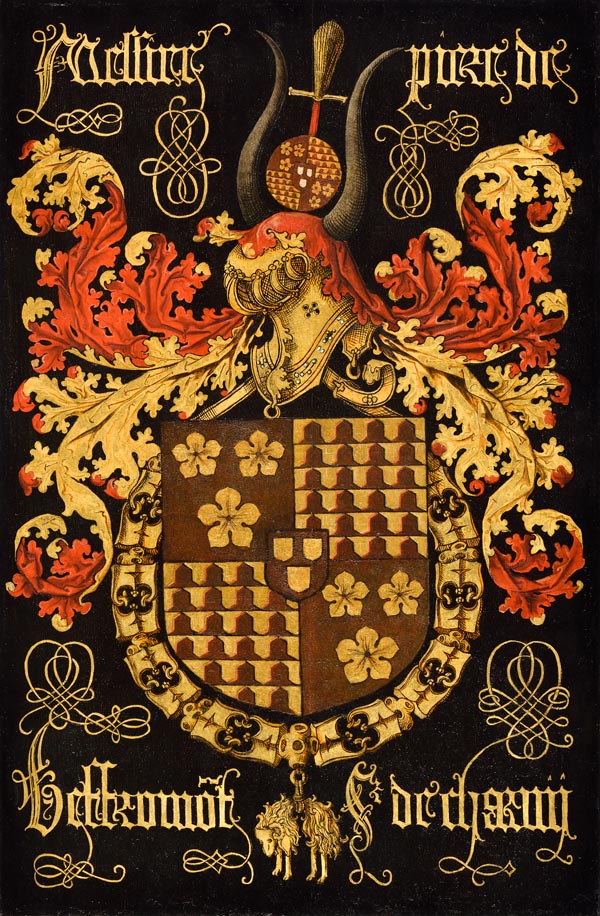
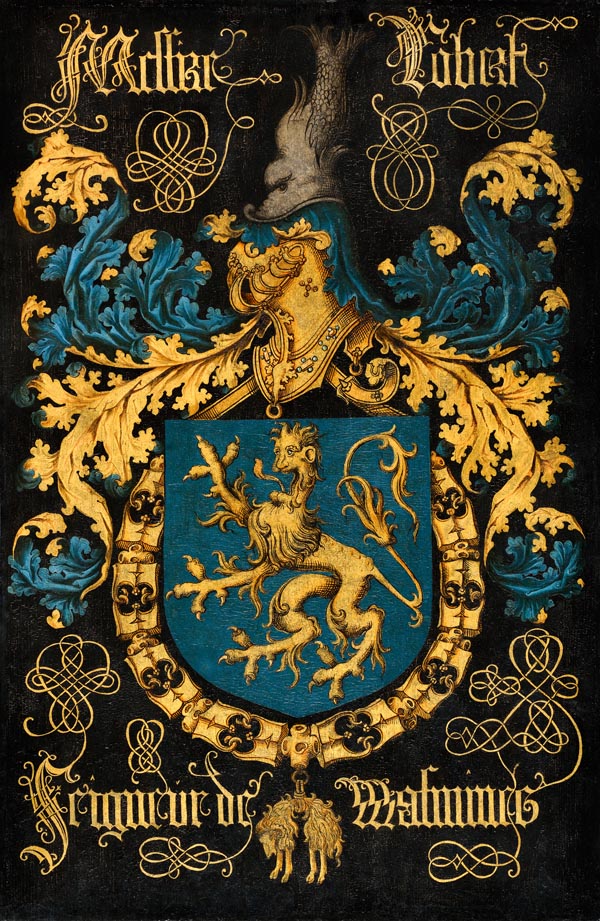
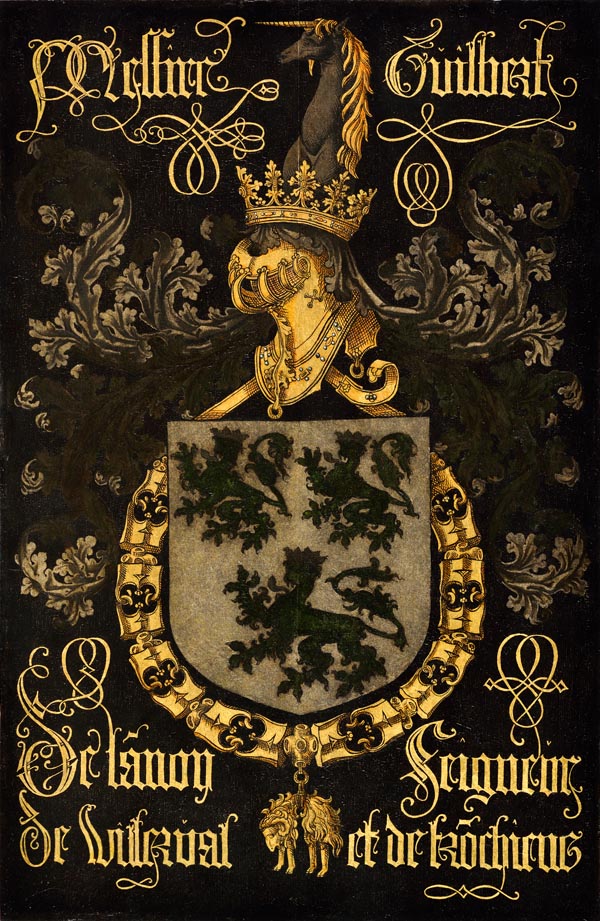
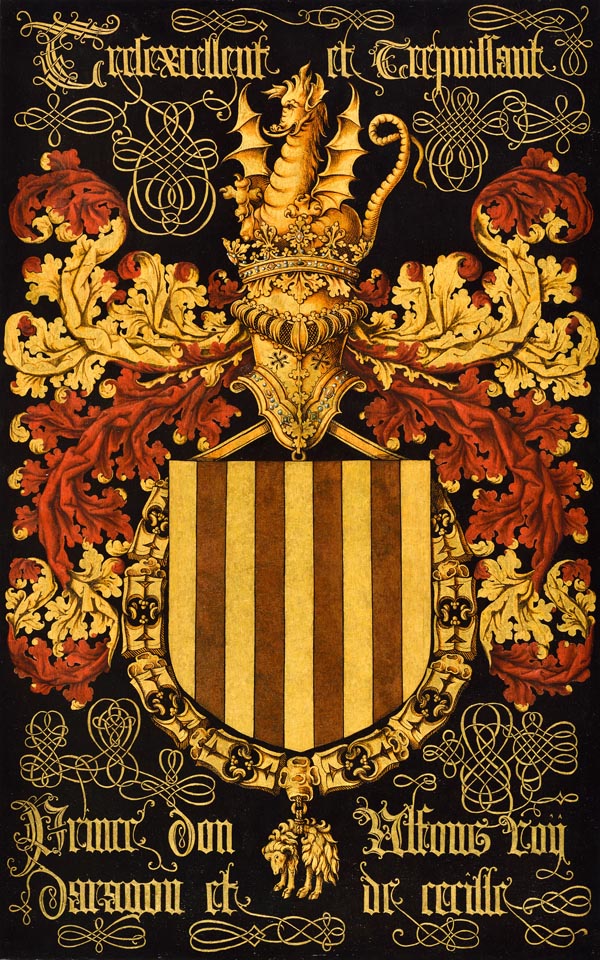
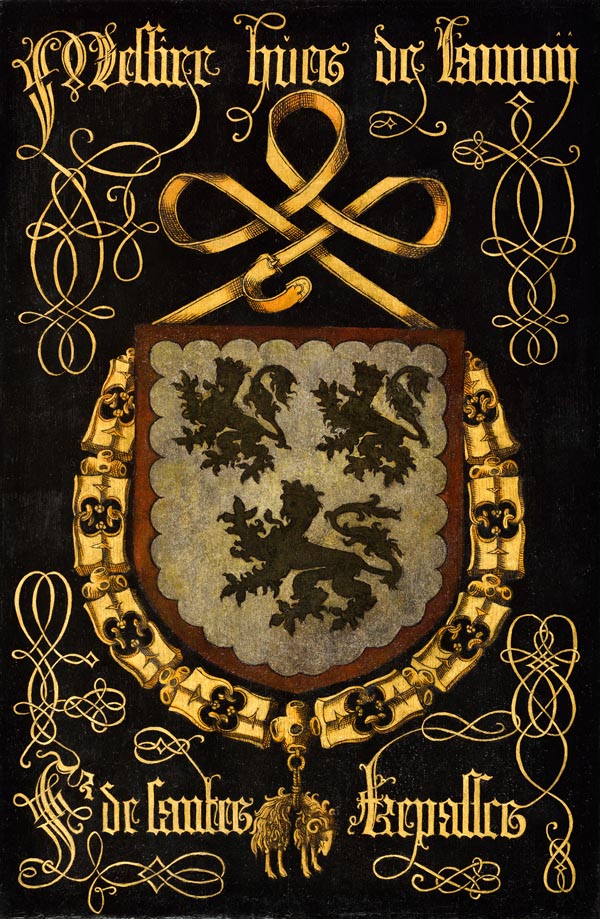
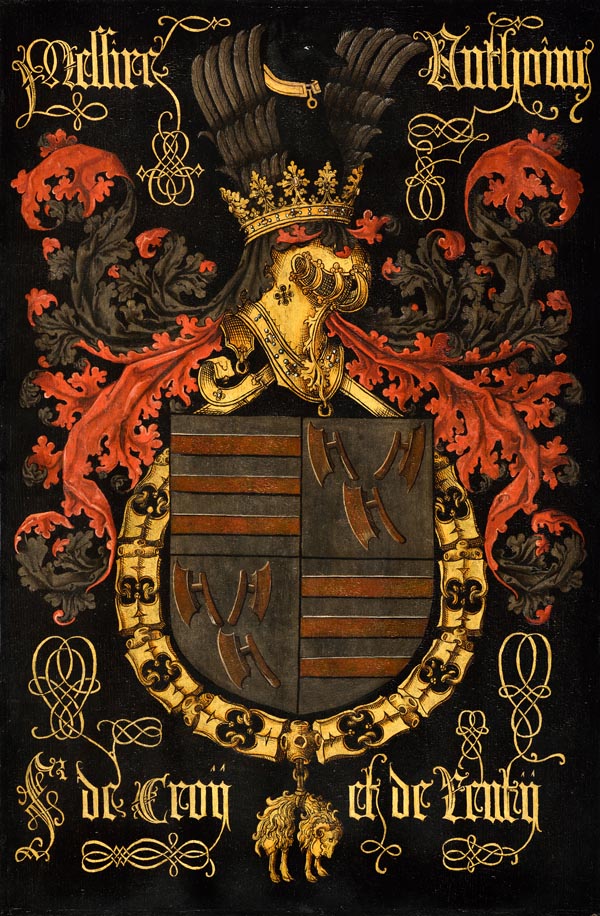
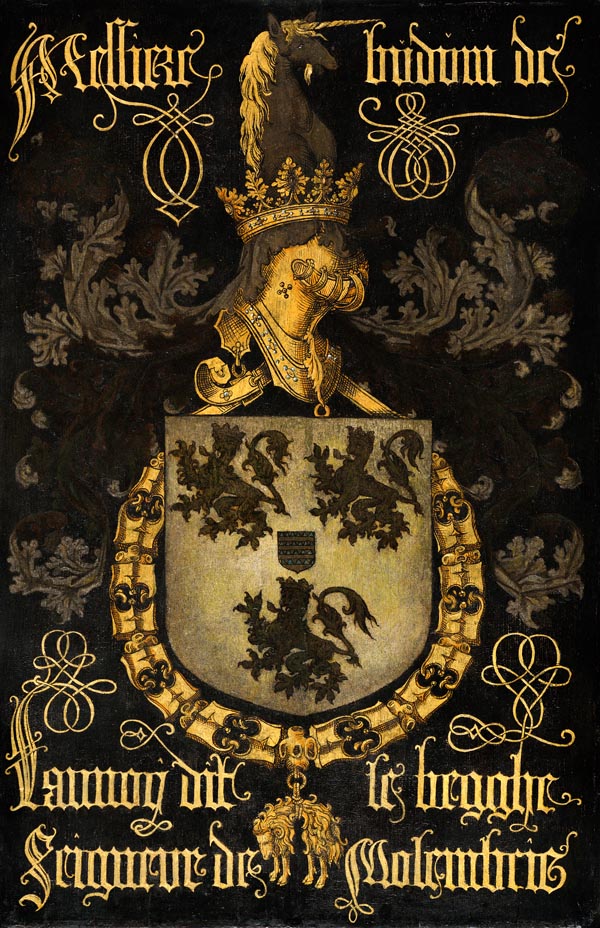
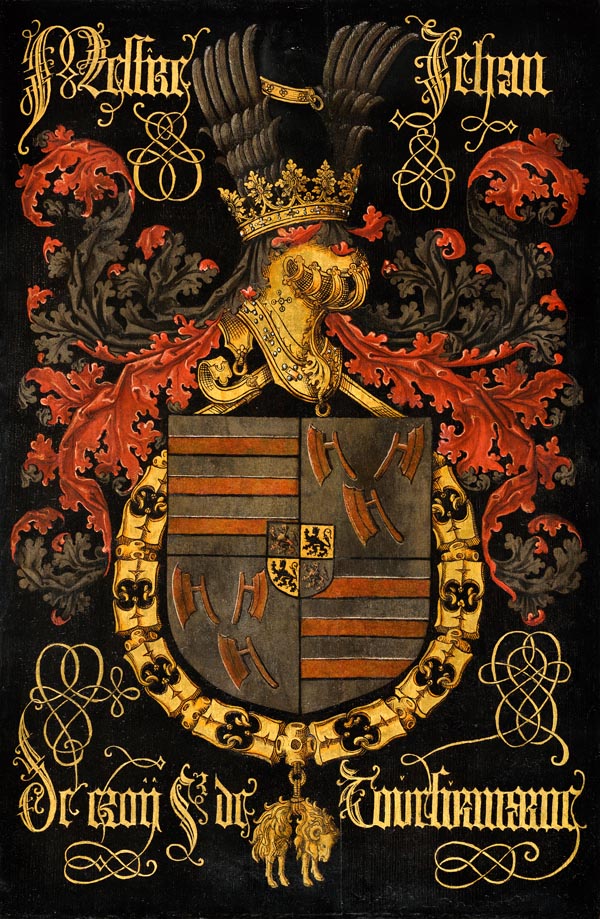
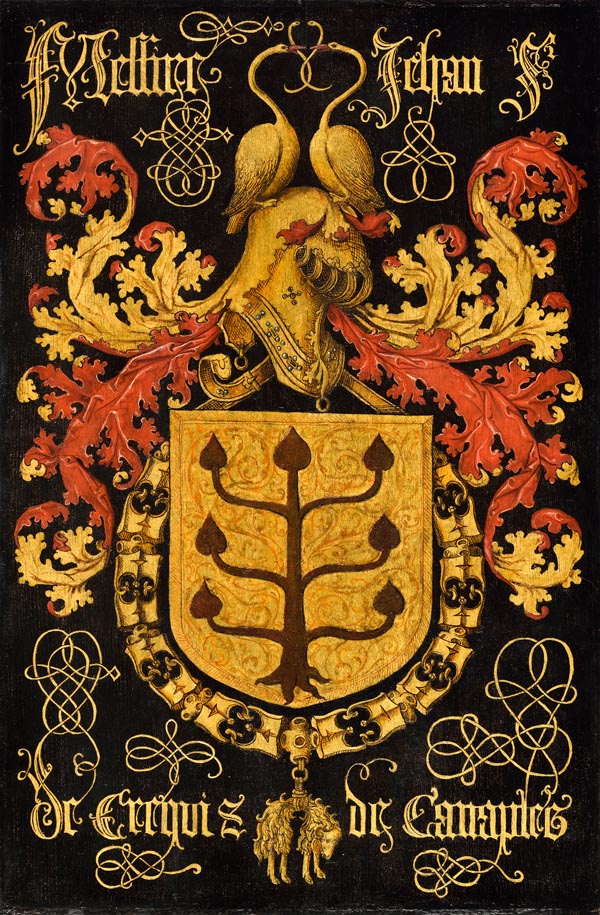
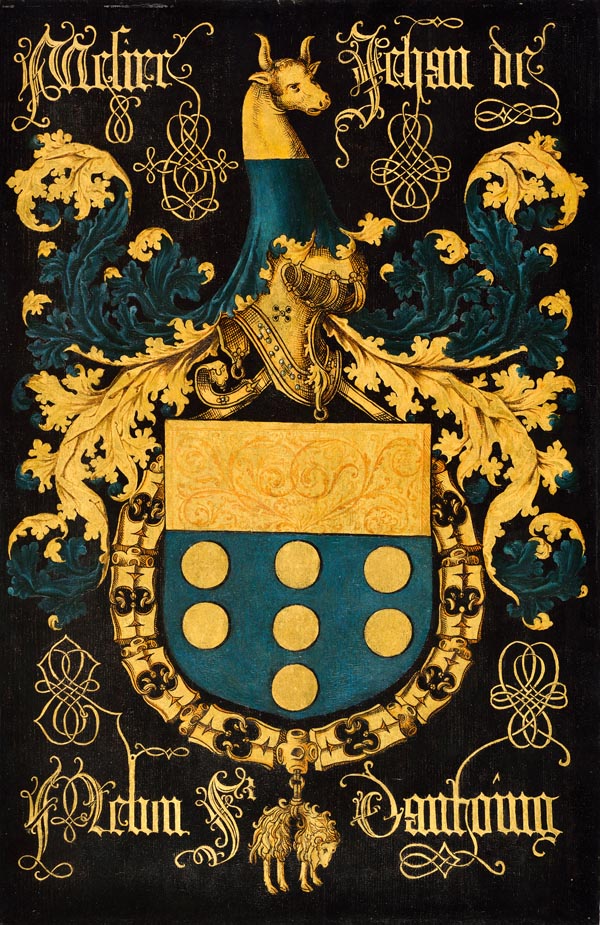
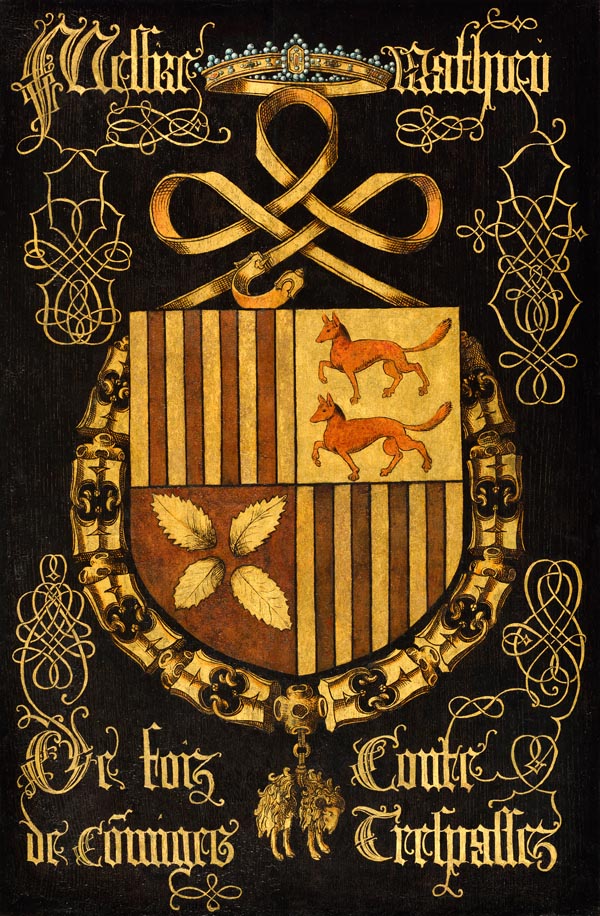
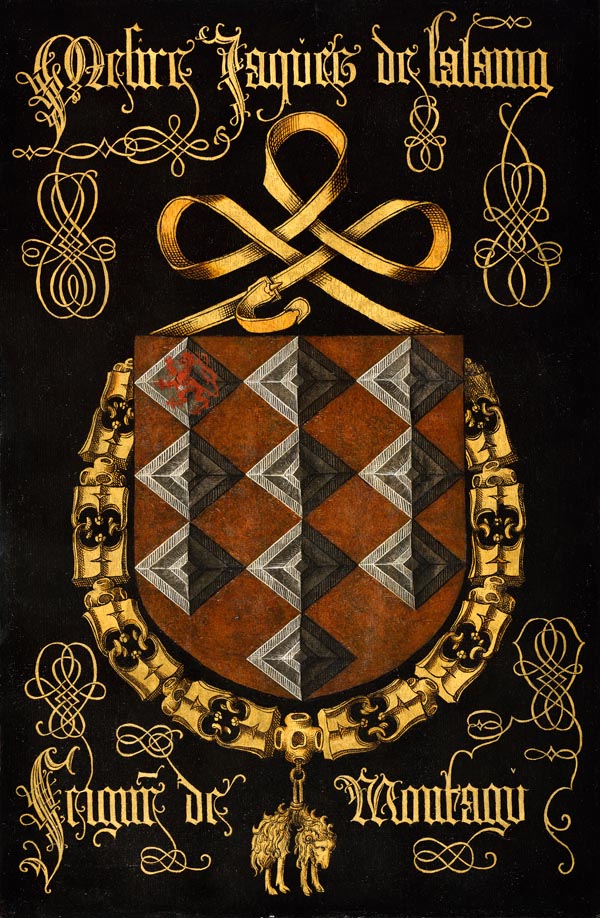
![n10: Karel van Bourgondië, graaf van Charolais [Karel de Stoute]](https://1456.anticipate.nl/desktop/wp-content/uploads/2014/06/n10-130039_GK-NOORD10_0064_OPGEFRIST.jpg)
